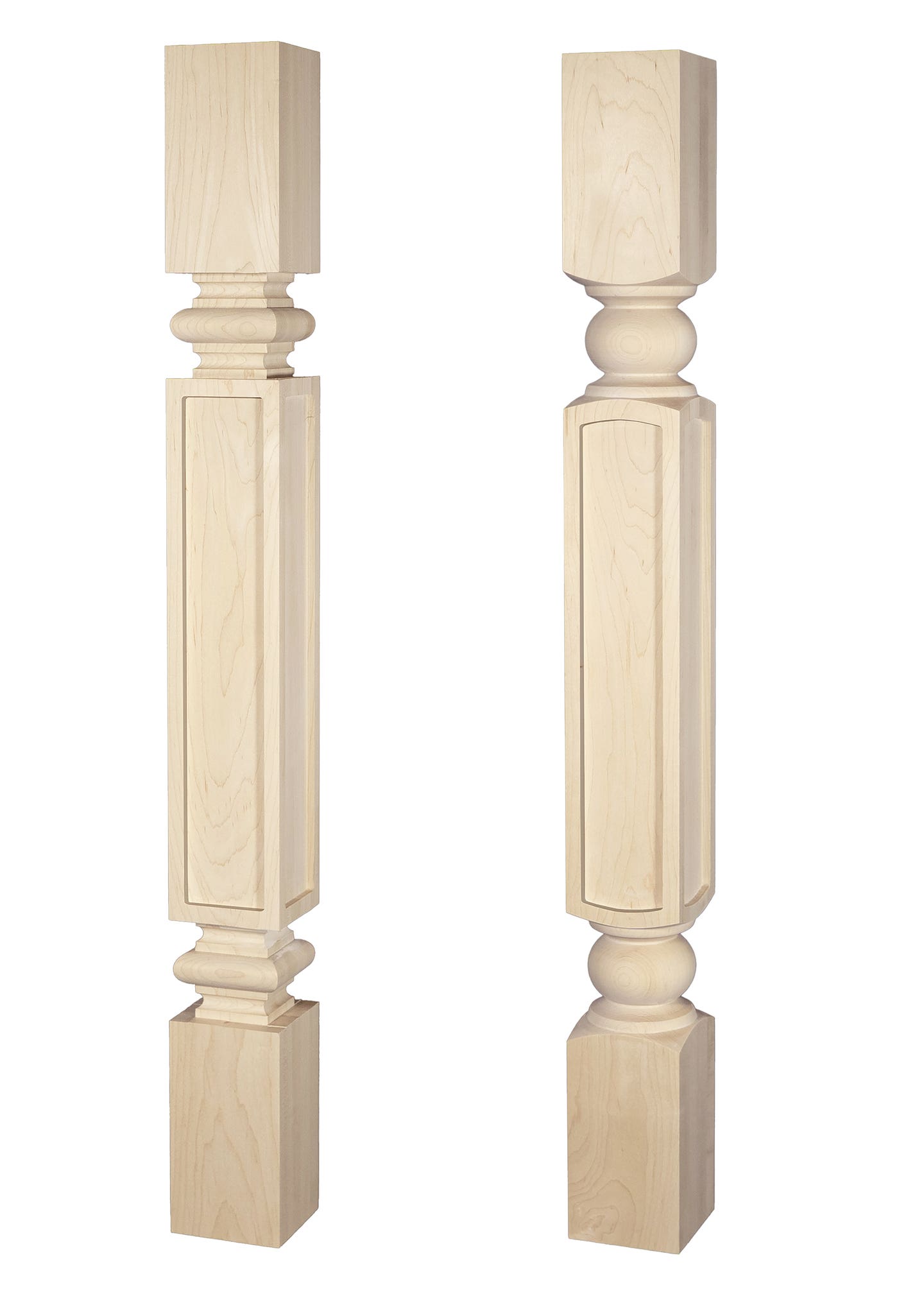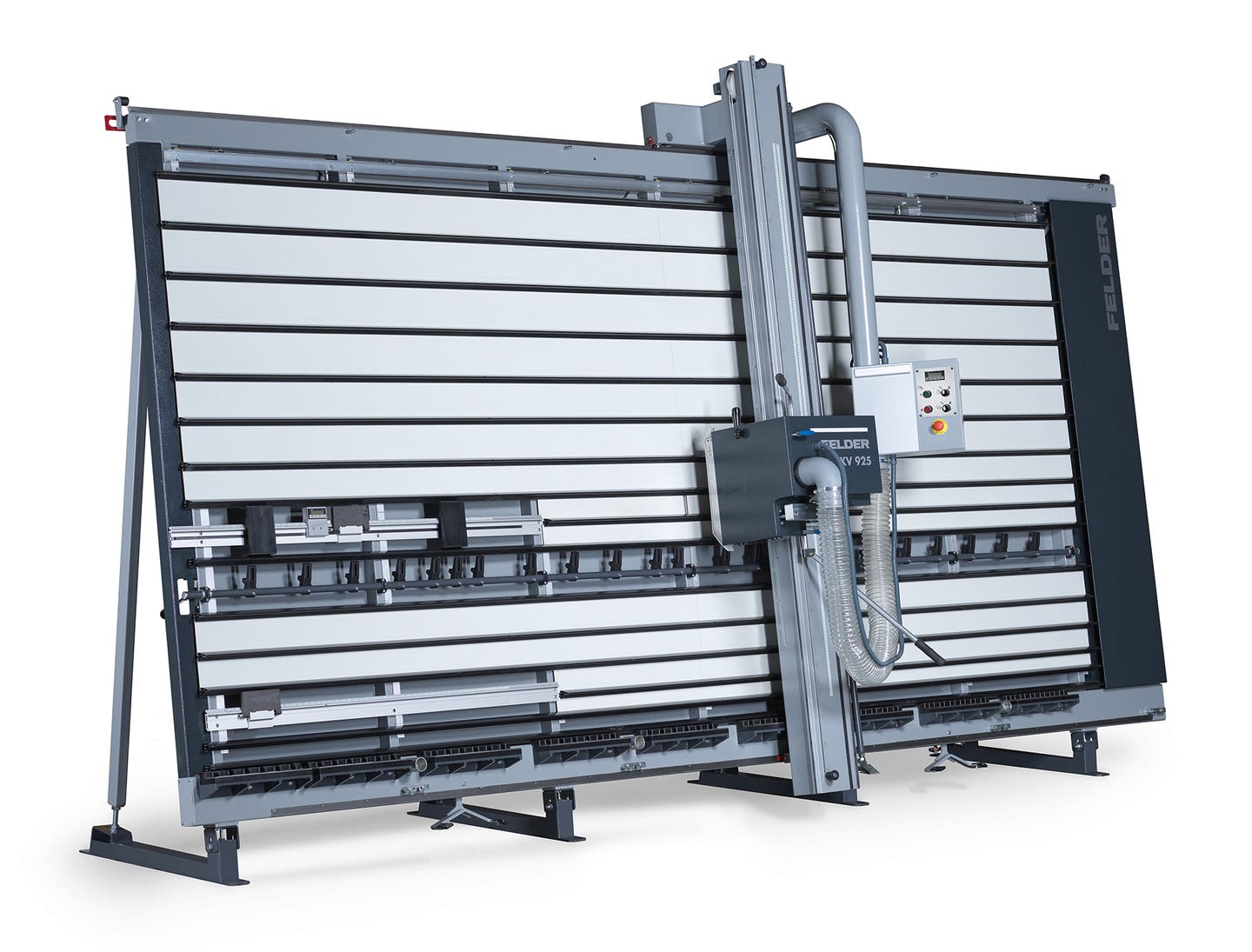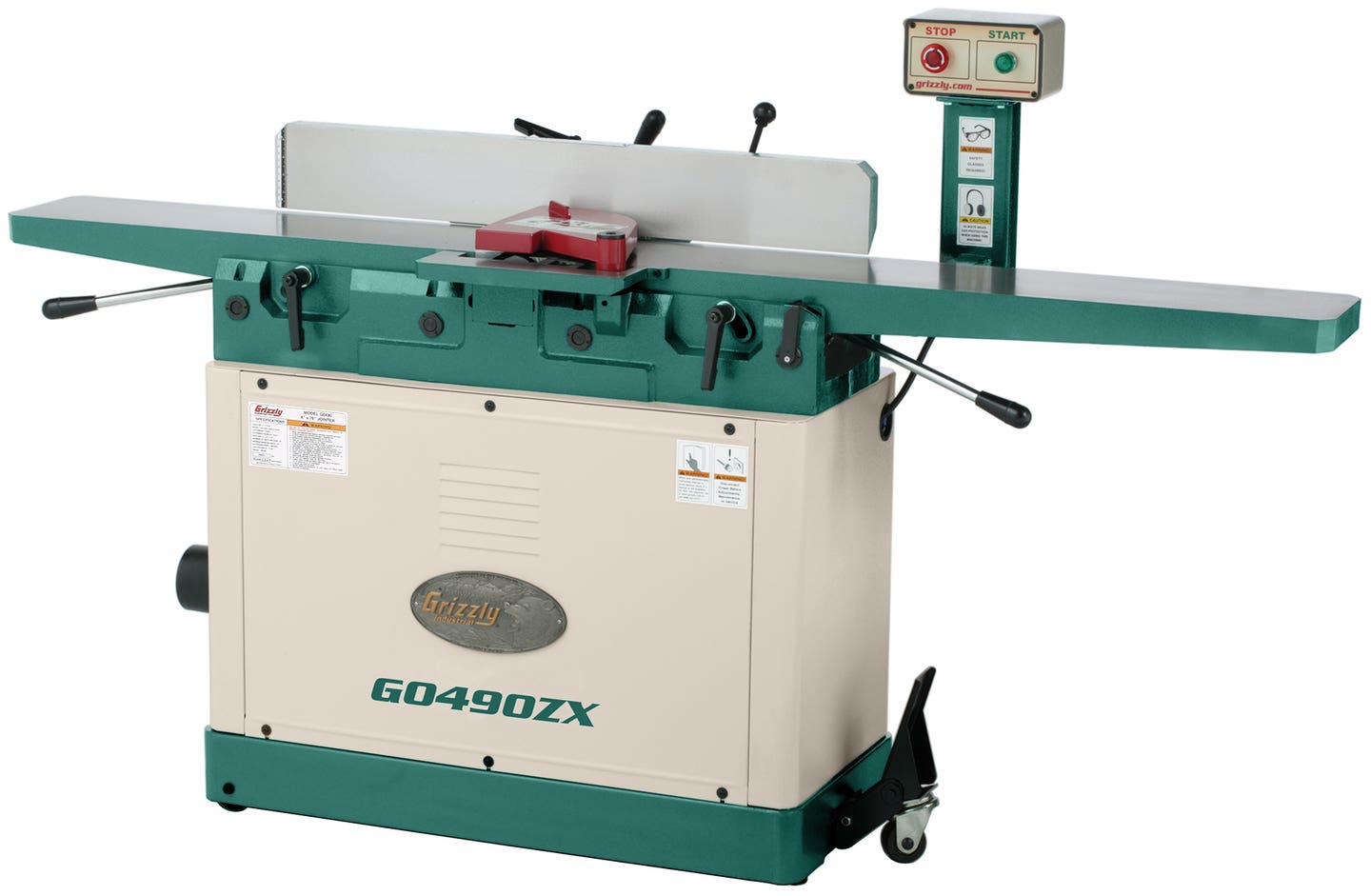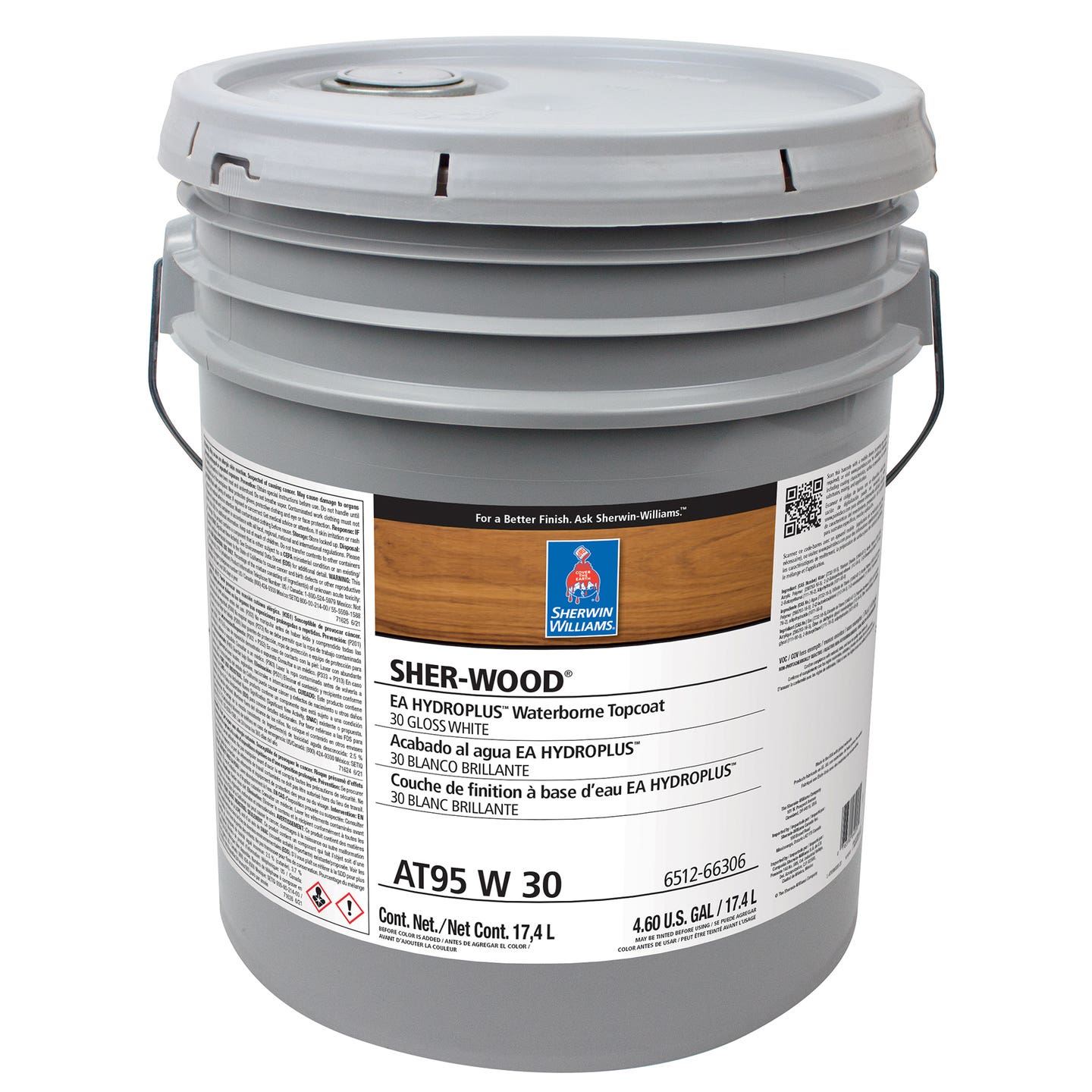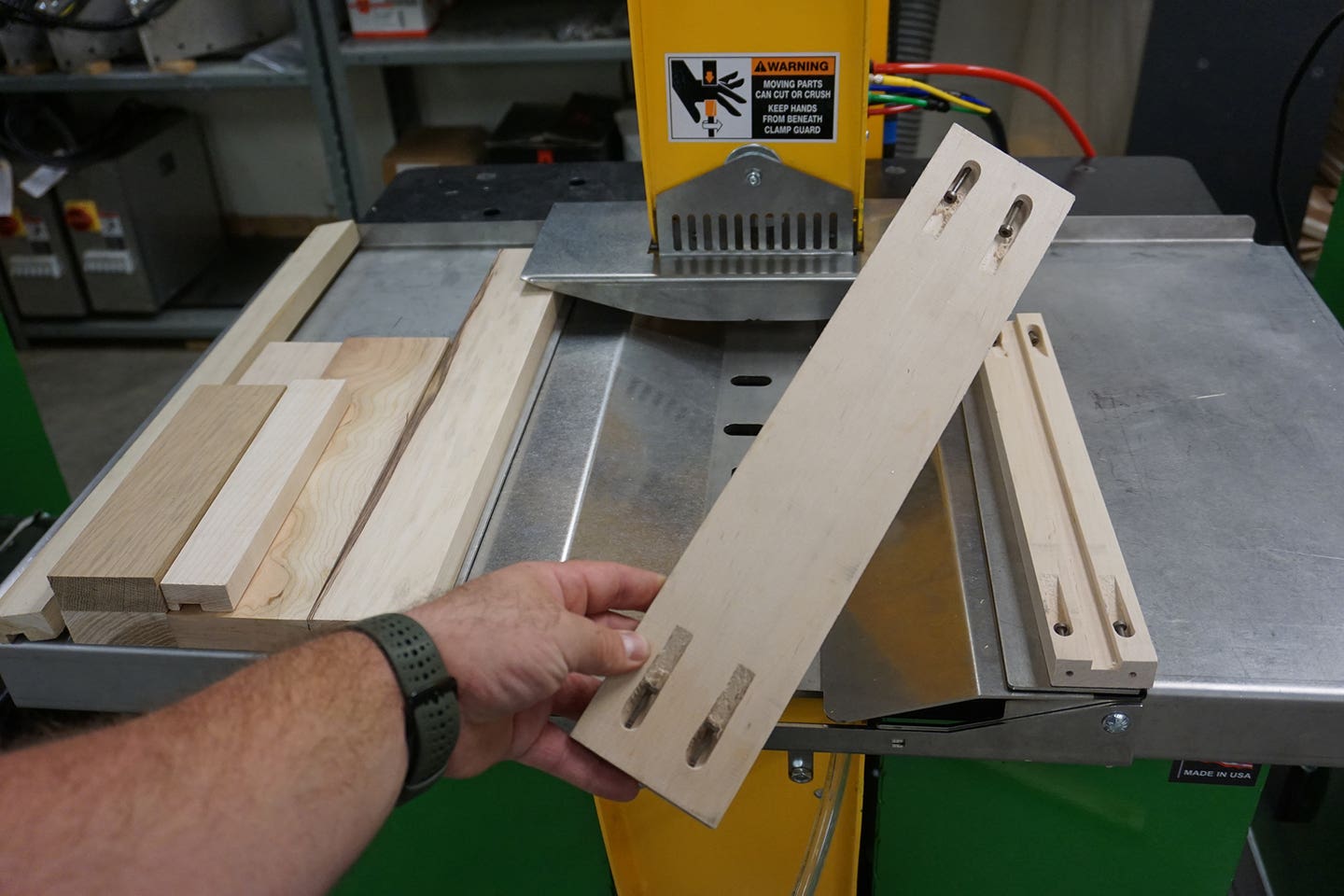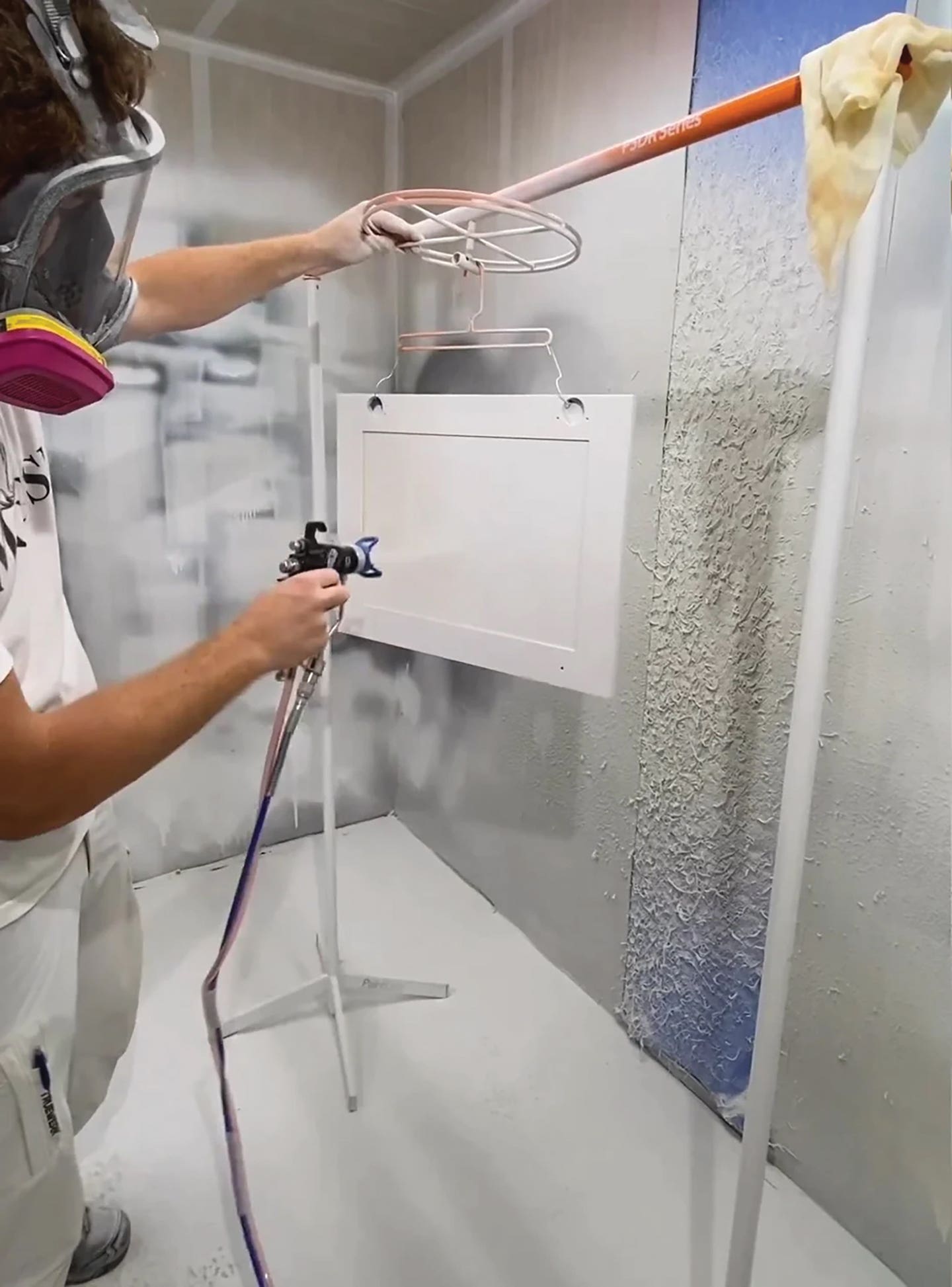Leigh introduces its latest jig addition
Leigh Industries’ original FMT mortise-and-tenon jig hit the woodworking scene in 2002 and has enjoyed years of success. {loadposition position10} But with the downturn in the economy and the expense…
Leigh Industries' original FMT mortise-and-tenon jig hit the woodworking scene in 2002 and has enjoyed years of success.
{loadposition position10}
But with the downturn in the economy and the expense of the FMT jig's CNC-machined and precision cast-iron parts, the company decided to create a lower-cost alternative. The result is the development of the Super FMT jig at approximately half the cost of the original FMT jig.
"The whole idea was to design a jig that essentially had the same capabilities of the FMT [now called the FMT Pro], but reduced the manufacturing costs," says Barry Martens of Leigh Industries. "So we have put forward a more affordable jig that is more suitable to most workshops."
The FMT Pro is made from aluminum and most of its castings and extrusions are CNC-machined. The manufacturing process is very expensive; Martens says "just the price of the tabletop is hugely expensive." So the decision was made to construct the Super FMT out of another material.
"In looking at the process, it was pretty evident that we had to go to steel as opposed to any other metal and we investigated and found the CNC punch-and-form process," Martens explains. "It is very, very accurate and very fast and not nearly as expensive as CNC machining."
The clamps are the largest difference between the two jigs. The CAM action clamps on the FMT Pro are extremely strong and infinitely adjustable. The clamps on the Super FMT are F-clamps so they require more of a manual operation. The F-clamps are used on fixed holes on the clamp plate and can accommodate just about any sized board.
"We put a clamp pad on the back that houses a rare-earth magnet so when you insert one-half of the F-clamp from behind the jig and put it in position, the rare-earth magnet holds it in place," Martens says. "You don't have to hold the back part of the clamp when you are putting the wood in and putting the front part of the clamp on - it is very strong and holds it in place. That's really the biggest single difference operationally."
The Super FMT uses just one bit, guide and setup for every standard joint. There's no need for bit or guide changes and the setup stays the same for both parts of the joint. The jig has a universal sub-base that attaches to virtually any plunge router.
"We have four standard guide sizes - 1/4", 3/8", 5/16", 1/2"," Martens says. "Using left to right table limit stops, you can take any guide and make it shorter or longer in any increment. You can take a 1/2" x 2-1/2" guide and make a 1/2" x 5" tenon or you can use that same 2-1/2" guide and make a 1/2" x 1-3/4" tenon."
At a cost of $449, the Super FMT is designed for the intermediate to serious hobbyist and some small production shops. Several accessory templates are available as well as a vacuum box.
"The big thing with the joint is you make the mortise and the tenon with one guide and one setup. Once you've done your layout marks on the wood and you've done your initial setup on the jig, then you are good for both pieces. You are also dialing for a fit within .001" so you can customize the fit of the joint to anything you want. And the other big thing about the jig is the compound angles, [which] are ideal for chairmaking. The jig handles that beautifully," adds Martens.
Contact
Leigh Industries Ltd. Tel: 800-663-8932. www.leighjigs.com
This article originally appeared in the February 2010 issue.


